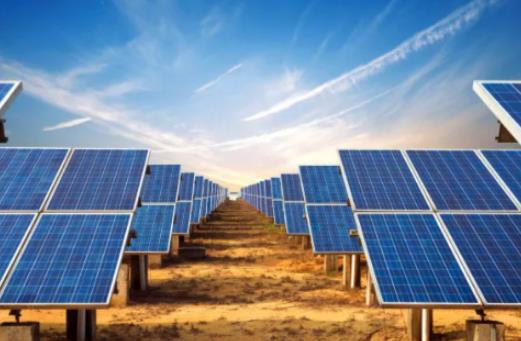What Is the Minimum Angle for Solar Panels?
In the quest to maximize solar panel efficiency, the angle at which panels are installed plays a pivotal role. Solar enthusiasts and professionals often deliberate on the optimal tilt to ensure their installations soak up as much sunlight as possible. While much attention is given to the ideal or maximum angle, it's equally important to consider the minimum angle for solar panels to prevent issues like water pooling and reduced performance due to dust accumulation or shading. Let’s explore the facts and figures that define the best practices for setting the minimum tilt angle for solar panels.

Understanding Solar Panel Angle Importance
The angle of a solar panel significantly influences its ability to capture sunlight efficiently. An angle that’s too shallow or too steep can lead to suboptimal solar absorption, affecting the overall energy yield. The minimum angle is crucial not only for energy production but also for the maintenance and longevity of the panel.
Determining the Minimum Angle
The minimum angle for solar panels is often recommended to be at least 10 degrees. This recommendation stems from the need to ensure self-cleaning by rainfall, helping to remove dust and debris that can accumulate on the panel's surface. At angles below this threshold, panels are less likely to benefit from the natural cleaning effect of rain, potentially leading to a decrease in performance over time.
Geographic Variations and Adjustments
It’s important to note that the minimum angle can vary based on geographic location and local climate conditions. In areas prone to heavy snowfall, a steeper minimum angle, sometimes as high as 35 degrees, may be advised to facilitate snow sliding off the panels, thus preventing damage and performance losses during winter months.
Seasonal Adjustments for Optimal Performance
While maintaining a minimum angle is crucial, adjusting the angle seasonally can further optimize solar panel efficiency. In summer, a lower angle closer to the recommended minimum can be ideal, as the sun is higher in the sky. Conversely, increasing the angle in winter months can help capture more sunlight when the sun's path is lower on the horizon.
Impact of Installation Type
Fixed installations need to carefully consider the minimum angle in their design to balance between self-cleaning and energy capture across seasons. Meanwhile, adjustable or tracking systems can dynamically adapt to the sun’s position, allowing them to maintain optimal angles throughout the year, including adhering to the minimum angle recommendations.
Technological and Environmental Considerations
Advancements in solar panel technology and coatings can influence the necessary minimum angle by enhancing self-cleaning properties and reducing the impact of accumulation on panel surfaces. Additionally, environmental considerations, such as the likelihood of dust, snow, or leaf accumulation, should guide the decision on setting the angle above the basic minimum threshold.
Conclusion
Setting solar panels at the correct minimum angle is a critical aspect of solar system design, ensuring efficiency, durability, and ease of maintenance. While a general guideline suggests a 10-degree minimum, adjustments based on geographic, seasonal, and specific site conditions can optimize performance and longevity. For more insights on optimizing your solar panel setup, explore the detailed guidance on the minimum angle for solar panels, ensuring your investment reaps maximum returns in clean, renewable energy.